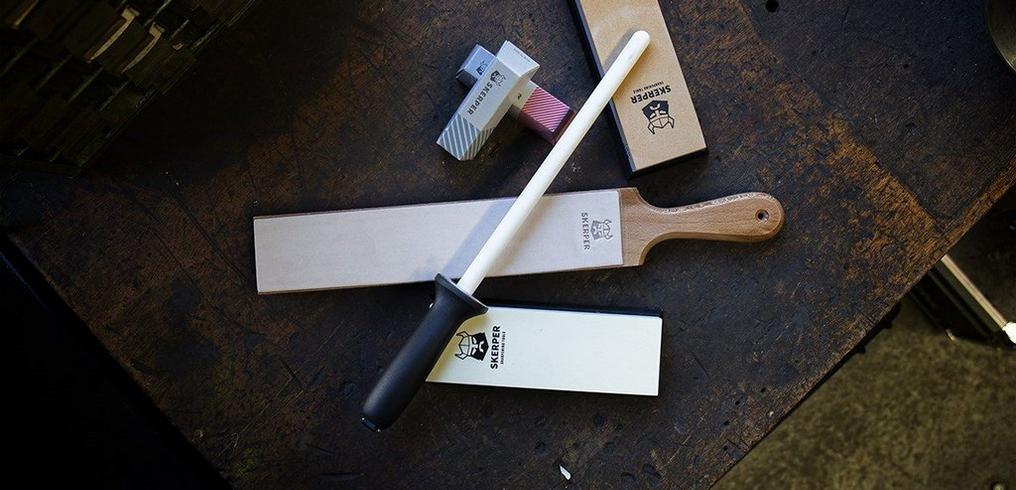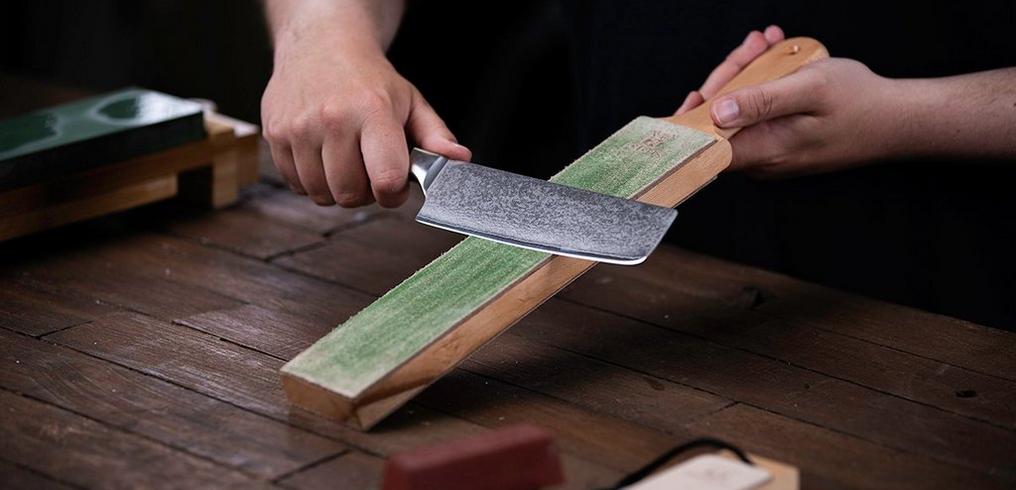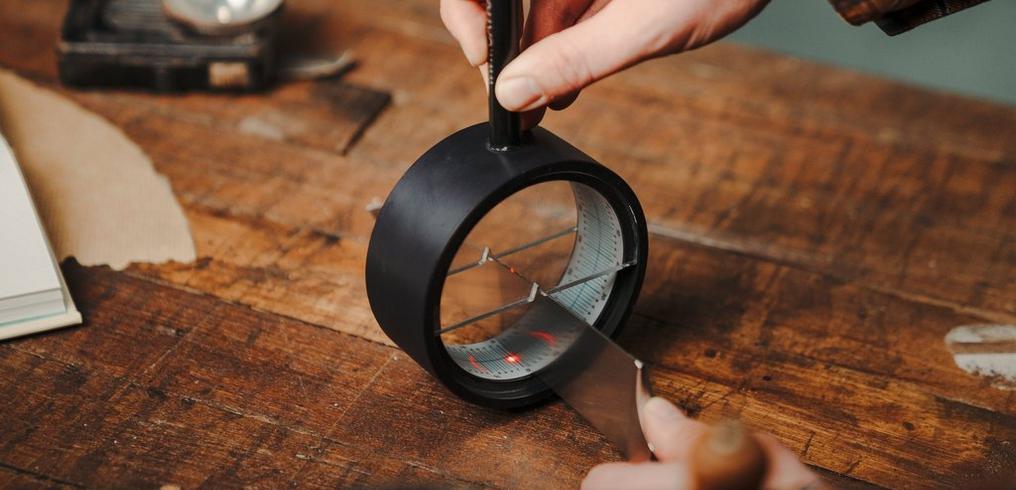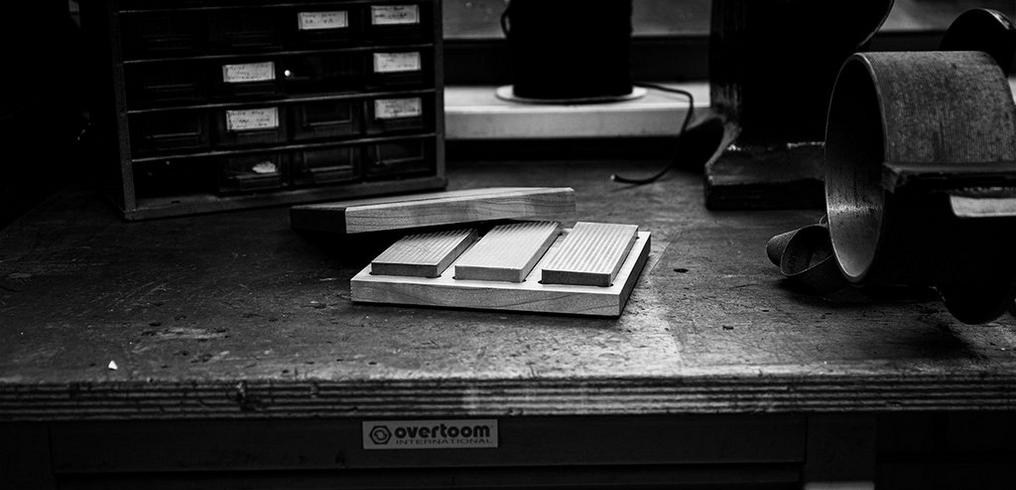How to use a honing steel
You use a honing steel to make a knife that is already in a good shape, a little sharper. A honing steel is a steel bar with more or less the same hardness as your knife's steel. Move each side of the kitchen knife across the honing steel between 5 and 10 times. This is generally enough to make your kitchen knife ready for use!
Can you sharpen your knife with a honing steel?
Honing a knife and sharpening a knife are two completely different things. With a honing steel you don't remove any material, you simply ensure the knife's edge remains straight. This will prevent your knife from becoming blunt quickly, and thus you'll delay the need to sharpen your knife. Since the honing steel removes no material, it also does not wear down your knife. It's best to use a honing steel on a regular basis for the best results. Preferably right before or after each use of your knife. Is your knife very blunt? Unfortunately, you won't regain sharpness with a honing steel. Instead, you can use a ceramic or diamond sharpening steel.
In the video below you can learn more about the differences between a sharpening steel and a honing steel, and how to use them.
How to use a honing steel:
1. Finding the right angle
The most important thing to keep in mind when you use a honing steel is that you need to find the right angle between the knife and the honing steel. Kitchen knives usually have an angle between 30 and 40 degrees. However, usually the supplier states the sharpening angle of only one side of the edge. A German kitchen knife, for example, usually has a sharpening angle of 20 degrees, but a total angle of 40 degrees.
The smaller the angle, the sharper the knife. However, a knife with a smaller angle is also more vulnerable. Japanese kitchen knives have a sharpening angle of 15 degrees, making them razor-sharp but quite fragile.
It is important to maintain the right angle while using a honing steel. However, maintaining the exact angle is pretty near impossible. Read more about sharpening angles here. Place the knife more or less at the right sharpening angle on the honing steel and you will notice that the honing steel does its job. Just keep in mind that if you make the angle too large you can damage the cutting edge making the knife dull. If the angle is way too small, using a honing steel will have no effect and may scratch the blade.
2. Maintaining the right angle
All this information may seem complicated, but don't let it discourage you. Finding and maintaining the proper angle between the knife and the honing steel is more a matter of feeling than mathematical insight.
To get a good feel for the angle, it's best to try it out on an old or cheap knife, before you start working on your new, expensive chef's knife.
3. Movement
The method of placing the tip of your honing steel on your kitchen counter is a safe way to use a honing steel. Most chefs will use their honing steel while holding it upright, simply because with some practice this method is easier and faster. The best way to describe the movement is by trying to cut very thin slices off the honing steel. Only apply very light pressure.
How often should you use a honing steel?
You should regularly use a honing steel. Preferably right before or after each use of your kitchen knife. Move each side of the kitchen knife across the honing steel between 5 and 10 times. This is generally enough to make your kitchen knife ready for use! Provided, of course, that the knife is still sharp, otherwise you need to sharpen the knife on a whetstone, sharpening steel or with another sharpening product first.







